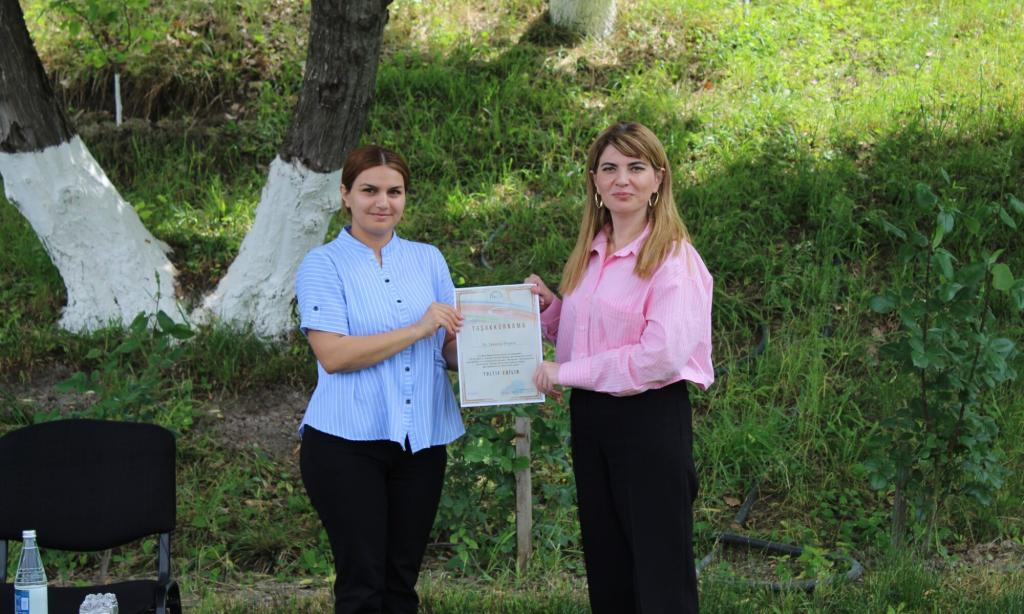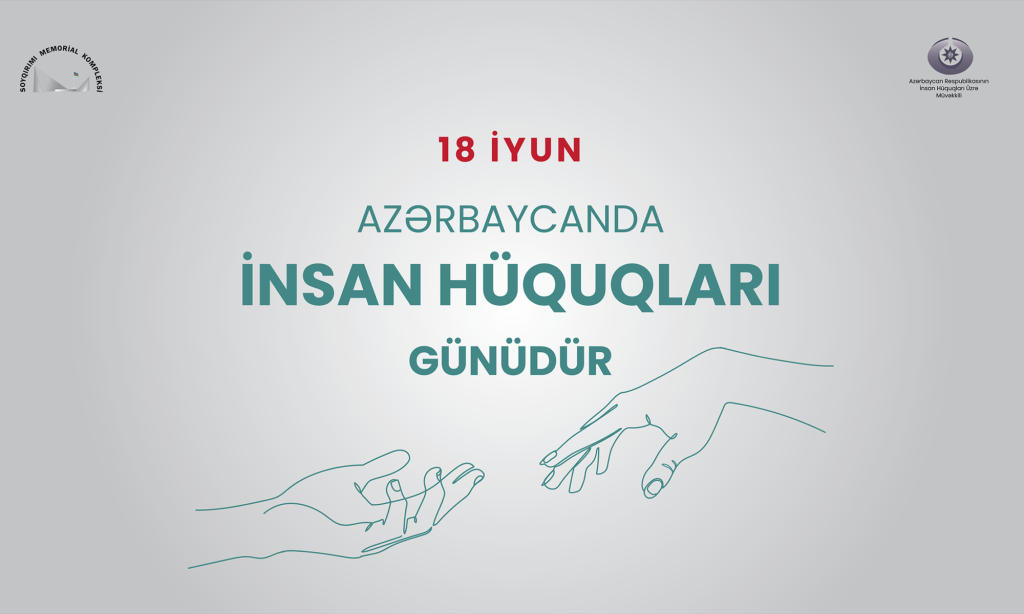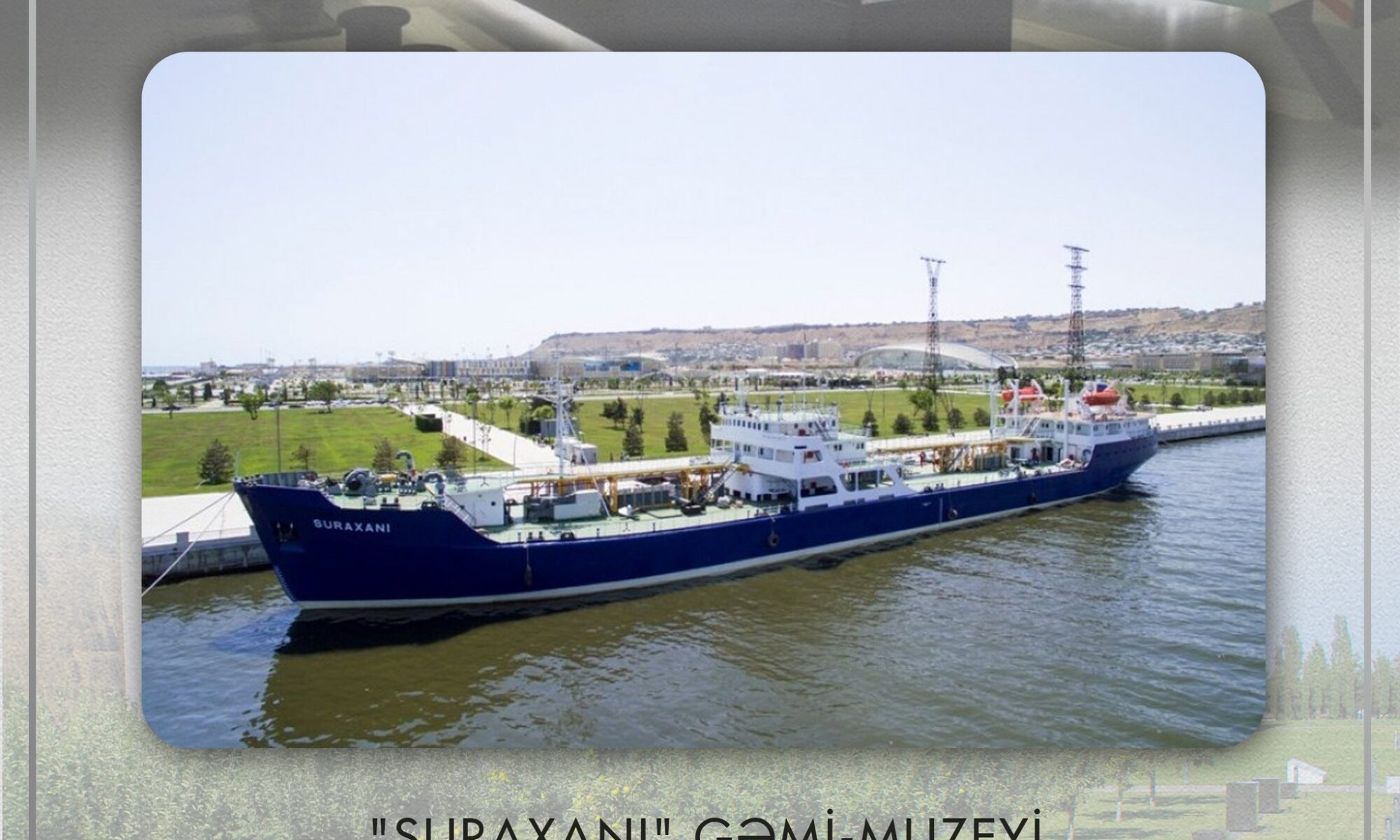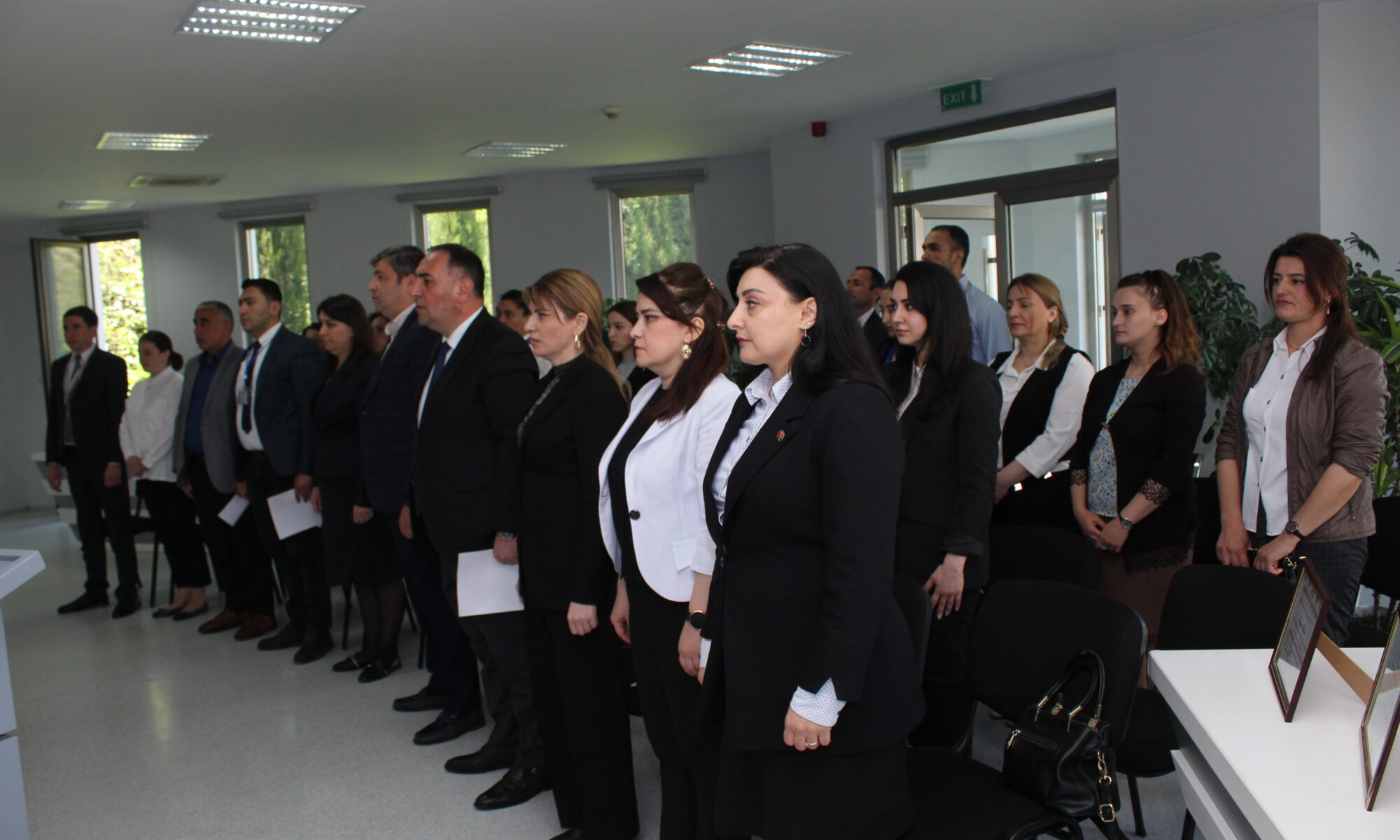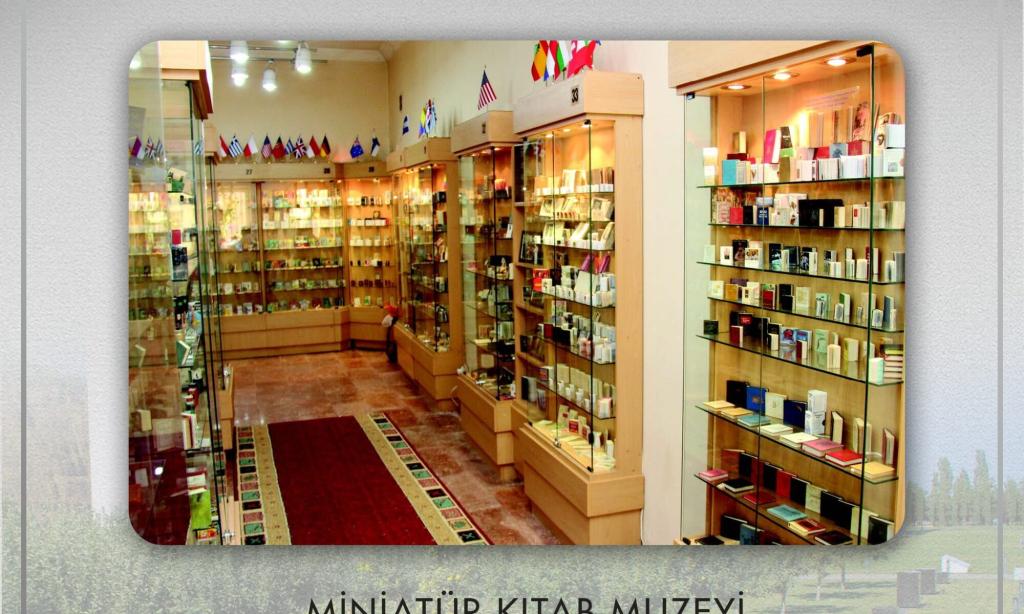
Muhammad Hadi

In order to increase the scientific potential of the employees of the Scientific Department in the "Genocide Memorial Complex" in the city of Guba, the project called "Master Classes" was launched.





Within the framework of the project, historians, researchers, public figures, intellectuals are expected to be regularly invited to the Complex.
Thus, on 25.05.2023, a “Master class” dedicated to May 28 Republic Day was held. Tahmina Aliyeva, head teacher of the department of history, pedagogy and social sciences of the Guba branch of the Azerbaijan State Pedagogical University, made a speech on “The struggle for unity of the Caucasian states and the disruptive activities of the Armenians in 1918-1920”. During the speech, he talked about the activities of Caucasian immigrants after the fall of the Caucasian republics, the idea of establishing the Caucasian Confederation on the initiative of Alimardan Bey Topchubashov on May 8, 1921, gathering at the representative office of the Azerbaijan Democratic Republic in Paris, as well as the betrayal of the Armenian Dashnaks in this process, as always. . During the seminar, it was also noted that the Azerbaijan Democratic Republic, the first parliamentary republic in the history of the Azerbaijani people, left indelible traces in history despite its short life.
In commemoration of Human Rights Month, a series of events are scheduled to take place at the "Genocide Memorial Complex" in the city of Guba. The Commissioner for Human Rights (Ombudsman) of the Republic of Azerbaijan, in a request dated 18.05.2023, proposed the declaration of May 18 - June 18 as "Human Rights Month" in the country.
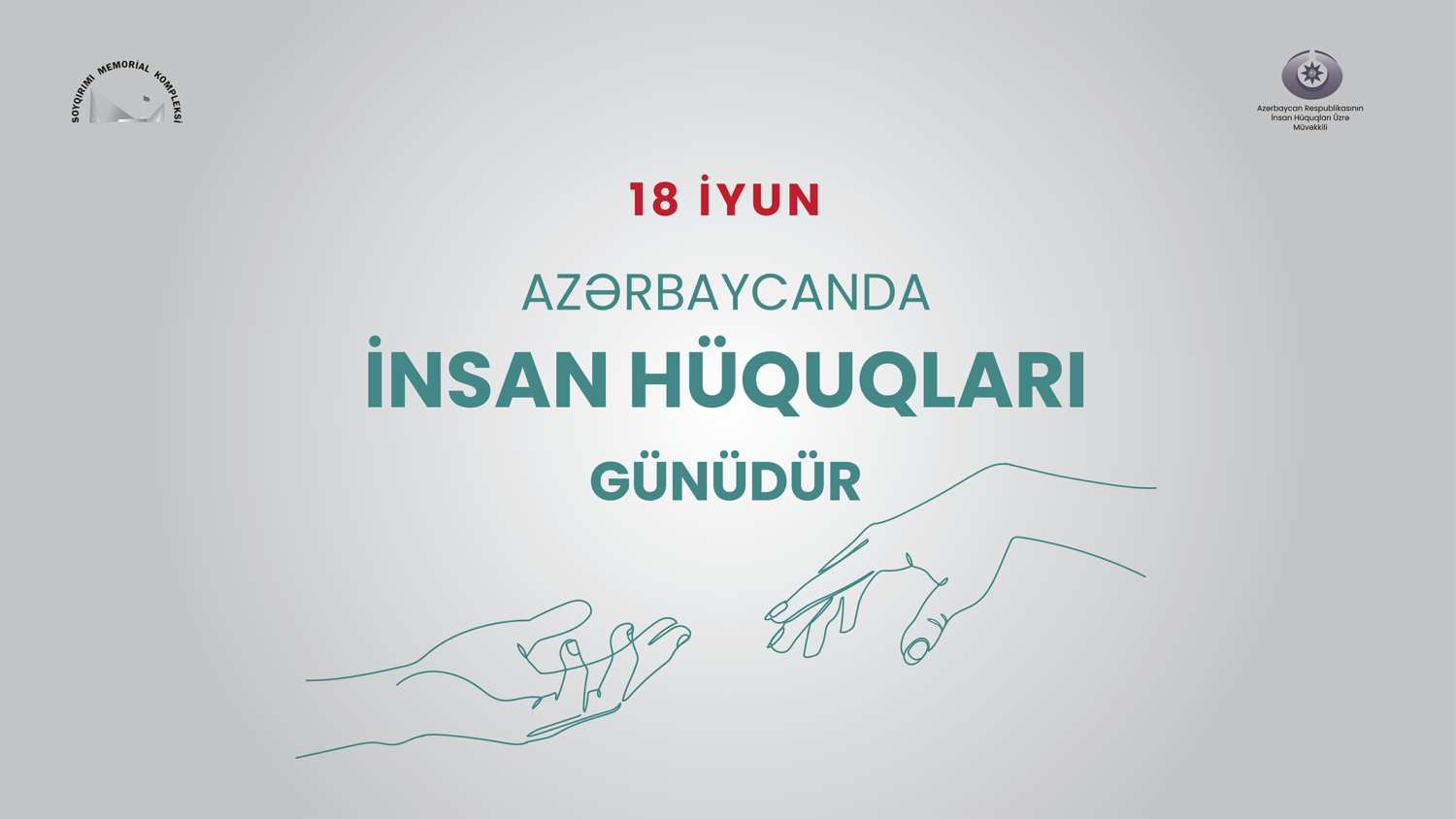
Since its establishment on June 18, 1998, with the approval of the “State Program for the Protection of Human Rights,” this significant day has been widely celebrated in our country for over 25 years. It serves as a testament to the high value placed by our independent state on human rights. Throughout this month, various educational events on a range of relevant topics related to human rights will be organized in state and local government bodies, as well as in scientific, educational, medical, cultural institutions, and other organizations operating within the country. These activities are arranged based on the request of the Ombudsman. Moreover, the “Genocide Memorial Complex” in Guba will host a number of planned events to commemorate Human Rights Month.
Mammad Khan Tekinski

Əlimərdan bəy Topçubaşov

“What caused the events of March? Was it the desire of the Armenians to gain power alongside the Bolsheviks or a sense of revenge based on national grounds? In the future, historians will reveal the truth. The main result of the Baku events was the complete destruction of the Bolshevik regime, both in the city and in the Baku region. This development established and strengthened a force that can be considered a unique impetus for initiating the planned destruction of all human values, which form the foundation of human civilization.”
Surakhani" ship-museum
 The Surakhani ship-museum, the first tanker-museum in the world, is located in the Seaside National Park in Baku. The “Surakhani” tanker, where the ship-museum operates, played an important role in the history of sea oil transportation of our country. The “Surakhani” tanker with a length of 123.5 meters and a weight of 4696 tons was one of the tankers put into operation in the Caspian Sea since 1957. The decision to turn the Surakhani tanker into a museum was made in 2017. In order for the tanker to operate as a museum, major repair and reconstruction works were carried out. More than 2,000 local ship repairmen were involved in the repair work of the ship. The experience of countries with shipping traditions was also used. The opening of the ship-museum was carried out on March 1, 2021 in the presence of President Ilham Aliyev and First Vice-President Mehriban Aliyeva. The museum gives visitors the opportunity to get to know the history of shipping in our country and the brave work of our heroic sailors. The ship-museum plays the role of a bridge between the past and the future of Azerbaijan, which has ancient seafaring traditions. The most modern technological equipment and a number of innovative innovations were used in the halls of the ship-museum. Here, visitors get to know the history of the Caspian Sea, oil production in Absheron, the development of shipping, ships that are among the first in the world, navigation tools, sea knots with a history of nearly 5000 years, and the equipment used during the operation of ships. There is also a souvenir shop selling maritime related items and a restaurant serving seafood dishes.
The Surakhani ship-museum, the first tanker-museum in the world, is located in the Seaside National Park in Baku. The “Surakhani” tanker, where the ship-museum operates, played an important role in the history of sea oil transportation of our country. The “Surakhani” tanker with a length of 123.5 meters and a weight of 4696 tons was one of the tankers put into operation in the Caspian Sea since 1957. The decision to turn the Surakhani tanker into a museum was made in 2017. In order for the tanker to operate as a museum, major repair and reconstruction works were carried out. More than 2,000 local ship repairmen were involved in the repair work of the ship. The experience of countries with shipping traditions was also used. The opening of the ship-museum was carried out on March 1, 2021 in the presence of President Ilham Aliyev and First Vice-President Mehriban Aliyeva. The museum gives visitors the opportunity to get to know the history of shipping in our country and the brave work of our heroic sailors. The ship-museum plays the role of a bridge between the past and the future of Azerbaijan, which has ancient seafaring traditions. The most modern technological equipment and a number of innovative innovations were used in the halls of the ship-museum. Here, visitors get to know the history of the Caspian Sea, oil production in Absheron, the development of shipping, ships that are among the first in the world, navigation tools, sea knots with a history of nearly 5000 years, and the equipment used during the operation of ships. There is also a souvenir shop selling maritime related items and a restaurant serving seafood dishes.
"Azerbaijan National Carpet Museum"
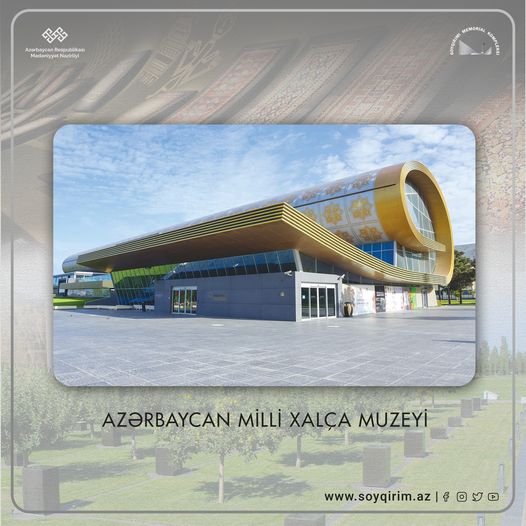 On March 13, 1967, the Council of Ministers of the Azerbaijan SSR established the Azerbaijan Carpet Museum in Baku on the initiative of the carpet artist, pedagogue, outstanding scientist Latif Karimov. The main goal of the creation of the museum is to preserve the national artistic heritage of Azerbaijani carpets and present them to the general public after studying them. On April 26, 1972, national leader Heydar Aliyev participated in the opening of the first exhibition of the Azerbaijan Carpet Museum, which was organized in the Juma Mosque, an architectural monument of the 19th century, located in the Old City. In the 1970s and 1980s, thanks to Heydar Aliyev’s continuous support, the museum had the opportunity to acquire art samples and thereby expand its collection. Among the most famous examples of the museum are Shirvan, Gazakh and Guba carpets. In 2007, the President of the Republic of Azerbaijan Mr. Ilham Aliyev signed an order on the construction of a new building for the Azerbaijan Carpet Museum in the Seaside National Park. In 2014, a new building meeting the most modern requirements of museum work was built based on the project of Austrian architect Franz Jantz. In 2010, Azerbaijani carpet art was included in UNESCO’s “Representative List of Intangible Cultural Heritage of Humanity” with the support of the First Vice-President of Azerbaijan Mrs. Mehriban Aliyeva. By the decision of the Cabinet of Ministers of the Republic of Azerbaijan dated July 15, 2019, the Azerbaijan Carpet Museum was granted the status of “National museum” for its exceptional services in the field of protection and promotion of the carpet art of our country.
On March 13, 1967, the Council of Ministers of the Azerbaijan SSR established the Azerbaijan Carpet Museum in Baku on the initiative of the carpet artist, pedagogue, outstanding scientist Latif Karimov. The main goal of the creation of the museum is to preserve the national artistic heritage of Azerbaijani carpets and present them to the general public after studying them. On April 26, 1972, national leader Heydar Aliyev participated in the opening of the first exhibition of the Azerbaijan Carpet Museum, which was organized in the Juma Mosque, an architectural monument of the 19th century, located in the Old City. In the 1970s and 1980s, thanks to Heydar Aliyev’s continuous support, the museum had the opportunity to acquire art samples and thereby expand its collection. Among the most famous examples of the museum are Shirvan, Gazakh and Guba carpets. In 2007, the President of the Republic of Azerbaijan Mr. Ilham Aliyev signed an order on the construction of a new building for the Azerbaijan Carpet Museum in the Seaside National Park. In 2014, a new building meeting the most modern requirements of museum work was built based on the project of Austrian architect Franz Jantz. In 2010, Azerbaijani carpet art was included in UNESCO’s “Representative List of Intangible Cultural Heritage of Humanity” with the support of the First Vice-President of Azerbaijan Mrs. Mehriban Aliyeva. By the decision of the Cabinet of Ministers of the Republic of Azerbaijan dated July 15, 2019, the Azerbaijan Carpet Museum was granted the status of “National museum” for its exceptional services in the field of protection and promotion of the carpet art of our country.
On the occasion of the International Day of Museums on May 18, an event on the theme "The role of museums in the protection of cultural heritage" was held in the "Genocide Memorial Complex" in Guba.










Fuad Orujov, the representative of the Khachmaz Regional Culture Department for the Guba region, employees of the Guba House of Culture and the Guba Heydar Aliyev Center took part in the event. The Director of the Complex, Dr. Rakhshanda Bayramova first congratulated the employees working in the field of culture on the occasion of this day and noted that museums are of great importance in terms of preserving historical memory. The speakers who spoke later brought to the attention of the participants of the event that the role of museums in human life and special attention was paid to this area during the times of Heydar Aliyev’s rule.
"The Palace of Mirahmad Khan"

This perfect example of oriental architecture has been gracing the center of Lankaran since 1913. Despite the fact that the architects were French, we still see the mastership and beauty of the oriental art of building. The house with its three floors was the first multi-story building in the city. Its history is interesting enough and rich in the events. Mir Ahmad Khan ordered to build a palace for his wife Tugra to celebrate her winning the contest on the Transcaucasian beauties. After the revolution, the building was socialized, and the fate of its inhabitants was tragic. Later, it housed the Soviet authorities. Today, the Lankaran History-Ethnography Museum is located in the building exhibiting more than seven thousand artifacts related to the region’s history.
"The Geological Museum of Azerbaijan"

“The Geological Museum of Azerbaijan was established in Baku in 1969, based on the personal collection of the prominent geologist Ivan Sitkovsky. The museum, operating under the Geological Department of Azerbaijan, is one of the largest museums in the country. It provides information on the geological history of Azerbaijan, as well as developments and innovations in the field.
The museum displays more than 5,000 rock, mineral, and crystal samples collected from all regions of the country, along with geographical maps, agricultural artifacts, various geological objects, and images related to Azerbaijan’s oil and gas industry, energy potential, shipping, and marine ecosystem on interactive screens.
One of the most interesting sections of the museum is the “Culture and Minerals” section, which describes the characteristics of red, pink, and purple mineral samples through panels and diagrams showcasing different color qualities.”
"Miniature Book Museum"
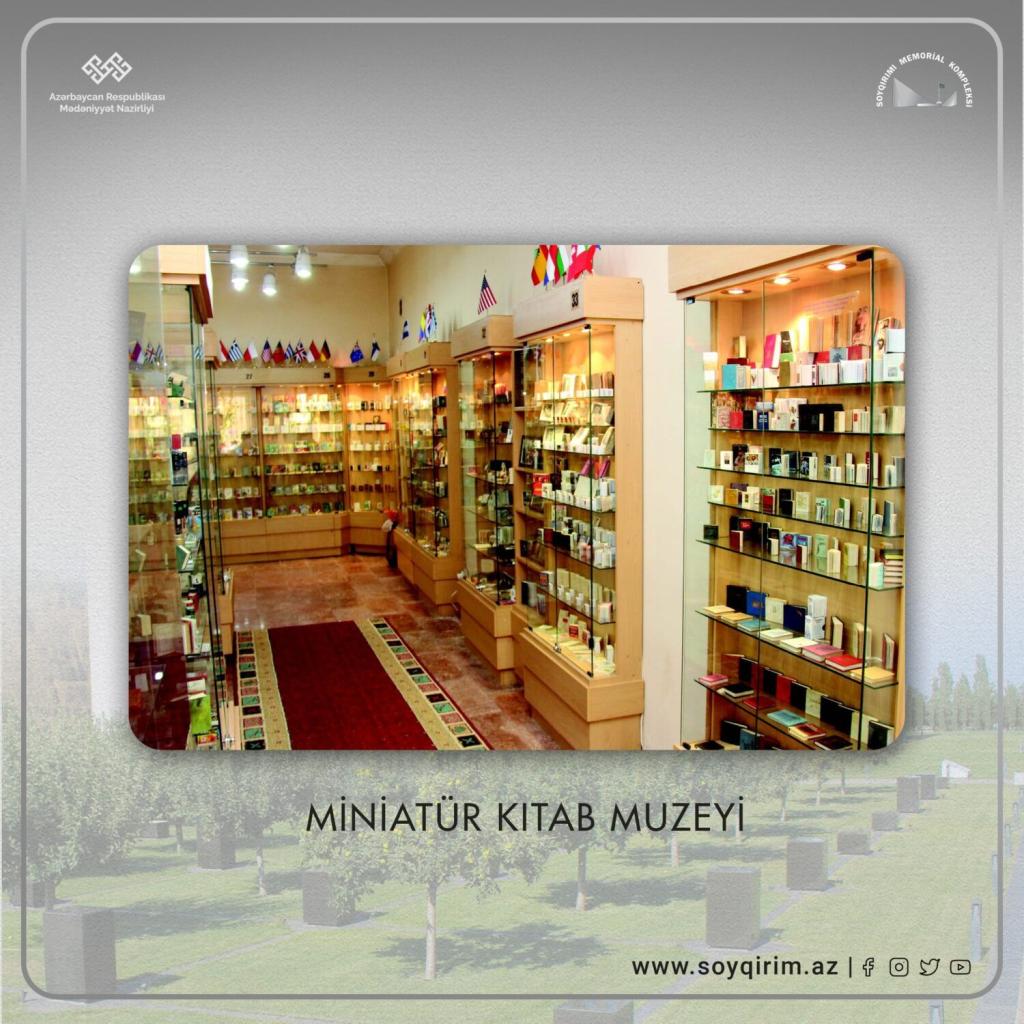
The Museum of Miniature Books, located in the Old City of Baku, near the Palace of the Shirvanshahs, has been operating since April 23, 2002. About 8,000 miniature books from 76 countries are preserved in the museum. Books of various genres and topics are displayed here in matchbox or postage stamp sizes. In addition, the collection includes the smallest book in the world, whose size is 2×2 mm, the writings and images of which can be read only with the help of a magnifying glass. As the world’s largest collection of miniature books, the museum is one of the favorite places of local and foreign tourists.
Mrs. Zarifa Salahova, the founder of the museum, collected miniature books for 35 years and created branches of the museum in Nakhchivan and Ganja.Various books signed by well-known people of former CIS countries and other foreign countries, as well as 40 unique miniatures by American artists were donated to the museum’s collection. In the exposition of the museum, among our outstanding classics, Nizami Ganjavi, Nasimi, Muhammad Fizuli, Khurshidbanu Natavan, Mirza Fatali Akhundov, Samad Vurgun, etc. miniature books are also displayed.


